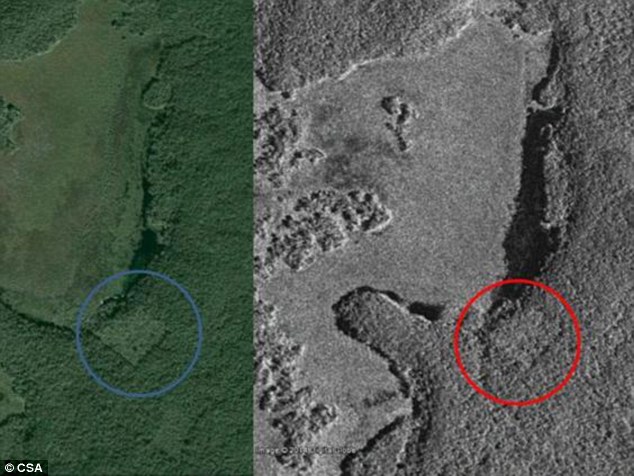A Canadian student has discovered a lost Mayan city hidden in the Yucatan jungles of Mexico using a new method of matching stars to the locations of temples on earth.
William Gadoury, 15, spent hours looking at diagrams of the civilisation’s constellations and maps of known Mayan cities before making the realisation that the two appeared to be linked.
He came up with the theory that the Maya civilisation chose the location of its towns and cities according to its star constellations.
He found that “the most brilliant stars of the constellations matched the largest Maya cities” — a correlation no other scientist has ever found in hundreds of years of study of the ancient Central American Civilisation.
Studying 22 different constellations, William found that they matched the location of 117 Mayan cities scattered throughout Mexico, Guatemala, Honduras and El Salvador, reports the Daily Telegraph.
He applied his theory to a 23rd constellation and found that two of the stars already had cities linked to them, but that the third star was unmatched.
Using Google Maps and suggested there must be another city hidden in the jungles of the Yucatan Peninsula.
The Canadian Space Agency trained its satellite scopes on the area and found what appears to be an ancient Mayan pyramid and dozens of smaller structures around it.
William has named the yet-to-be-explored city K’aak Chi, or Mouth of Fire.
Doctor Armand La Rocque, from the University of New Brunswick, said one satellite image showed a street network and a large square which could possibly be a pyramid.
He told The Independent: “A square is not natural, it is mostly artificial and can hardly be attributed to natural phenomena.
“If we add these together, we have a lot of indication there might be a Mayan city in the area.”
Experts have called William’s discovery and theory “exceptional”.
They will be published in a scientific journal and he will present his findings at Brazil’s International Science fair in 2017.
Source: travel.aol.co.uk




